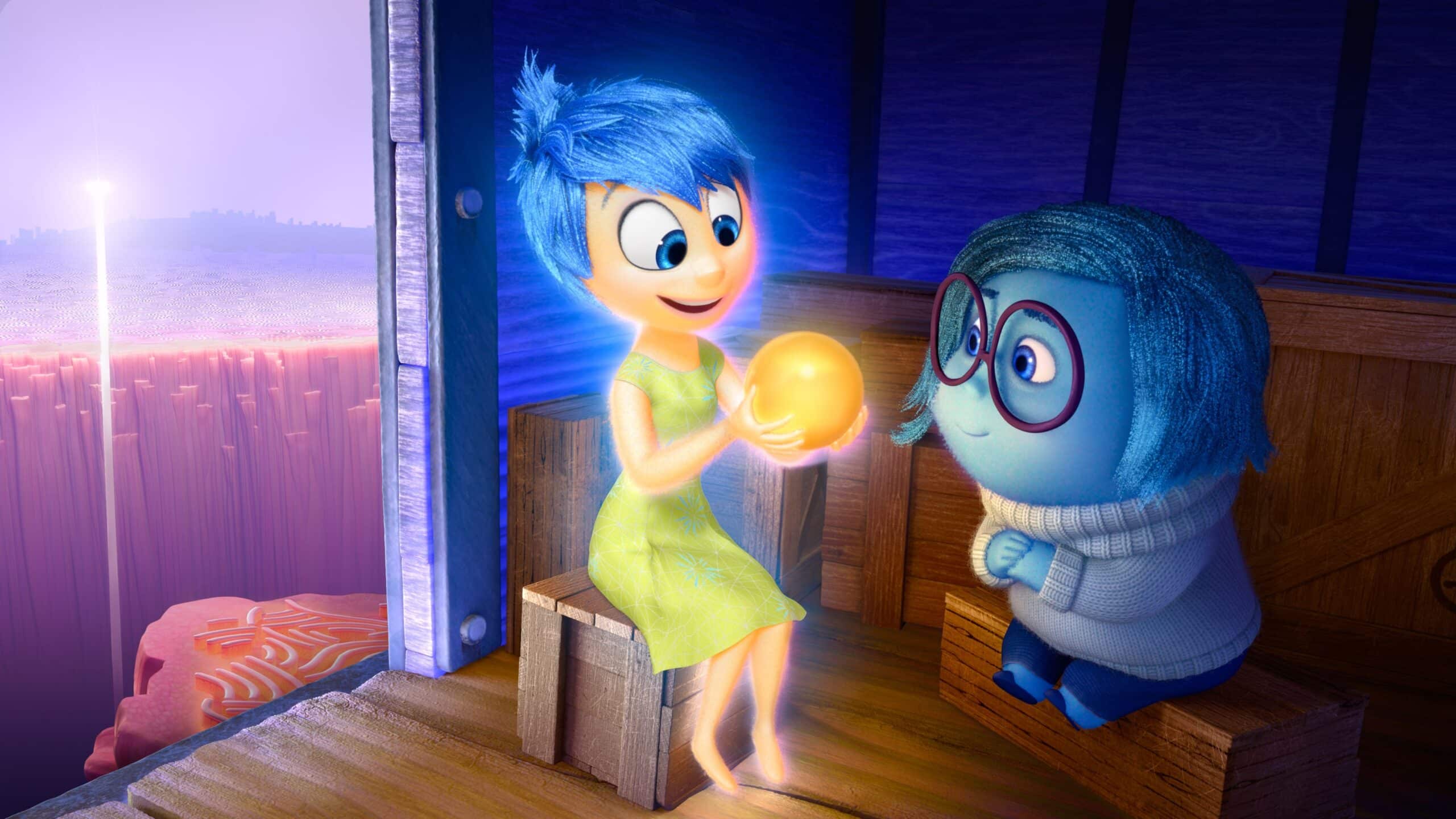“Do you ever wonder what’s going on inside someone’s head?” Inside Out, Disney’s latest hit animation, brings us into the mind of a child. This movie is quite entertaining and loved by all ages. I believe that the value of this movie is not in in its entertainment value but in its educational value. It has a lot to teach children about the meaning and purpose of emotion, but I believe it also has something to teach parents about emotions. Let’s take a look at what Inside Out has to tell us.
From the beginning of the movie we are introduced to a little girl, Riley, and all her emotions: Joy, Sadness, Fear, Disgust and Anger. These are the emotions that guide Riley in how she interacts with others, makes choices and behaves. We are first introduced to Joy. Joy is a happy character that can’t find anything wrong with the world and cannot understand why the other emotions act up. Next, we are introduced to Sadness, Fear, Disgust and Anger. Throughout the movie Joy tries to take control of the mind and believes that the other emotions should not be in charge. However, in the end Joy comes to learn that the other emotions are important and can guide behaviour as well.
So what can we learn from this movie? I believe the main point of the movie is to show the importance and necessity of all emotions, especially in children. Often we get frustrated with children when they act out. I believe children are acting out for a reason: they are trying to express themselves but just don’t have the skills to do that. This is where we need to teach children to regulate emotions. In Inside Out, it appears that Riley’s mother tries to ensure that she is happy during a difficult transition in her life. Riley then begins to act out. What Riley needed at that time was help regulating her emotions. Part of helping a child regulate her emotions is allowing space for her to express them.
Joy makes an interesting observation at the beginning of the movie that she doesn’t fully comprehend until the end of the movie. She introduces the characters and describes their purposes. She states: “Fear keeps us safe, Disgust keeps us from being poisoned, Anger cares deeply about things being fair”. It appears that Riley’s emotions, other than Joy, want to be part of the equation, but are being pushed aside by Joy, quite literally at times. Maybe Riley feels unsafe in her new environment. Maybe Riley feels it is unfair she had to move to a new city. These are all valid emotions for a child to feel with a transition.
It appears that Riley does not come to emotional regulation until the end of the movie when Joy, who appears to run the mind, realizes that it is important to integrate other emotions in the equation. Quite literally, emotions are mixed for Riley. This mixed emotion is what brings Riley to a regulated state. She needed to express that she was sad and at times joyous with the new transition. When children are allowed to express their, fear, sadness, disgust etc… it provides emotional relief for them which can actually calm the child.
It is important that parents do need to set boundaries and rules for children, but also have an open dialogue about what emotions are present for the child. Children may become angry about the smallest things but to them it is important and so is that emotion they are experiencing.
So what can parents do to regulate a child’s emotions:
- Ask questions. Become an investigator of what is happening with your child
- Validate how they are feeling (even though it may be something silly)
- Help the child understand it is ok to feel and express the emotion, such as anger, but that there needs to be boundaries around that expression.
- Watch Inside Out with your children and have a discussion about the child’s emotions
As parents normalize and validate children’s emotions, this helps children to begin to regulate their emotions. Joy learns a valuable lesson that all emotions are helpful and need to be expressed. She learns that it is impossible for people to be filled with Joy all the time and other emotions need to be expressed. So, let’s let Joy, Sadness, Anger, Disgust be part of our lives.


